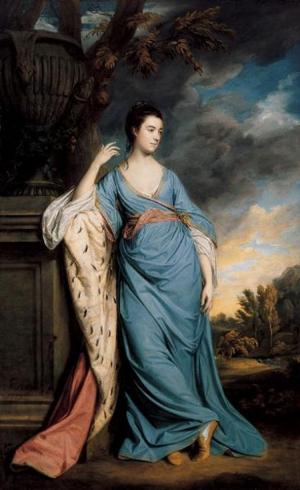The Swedish Revolution Under Gustavus Vasa
Nonfiction, Religion & Spirituality, New Age, History, Fiction & Literature| Author: | Paul Barron Watson | ISBN: | 9781465510464 |
| Publisher: | Library of Alexandria | Publication: | March 8, 2015 |
| Imprint: | Language: | English |
| Author: | Paul Barron Watson |
| ISBN: | 9781465510464 |
| Publisher: | Library of Alexandria |
| Publication: | March 8, 2015 |
| Imprint: | |
| Language: | English |
No name in history lies deeper in Swedish hearts than the name Gustavus Vasa. Liberator of Sweden from the yoke of Denmark, and founder of one of the foremost dynasties of Europe, his people during more than three centuries have looked back fondly to the figure of their great ruler, and cherished with tender reverence every incident in his romantic history. This enthusiasm for Gustavus Vasa is more than sentiment; it belongs to him as leader in a vast political upheaval. When Gustavus came upon the stage, the Swedish people had long been groaning under a foreign despotism. During more than a century their political existence had been ignored, their rights as freemen trampled in the dust. They had at last been goaded into a spirit of rebellion, and were already struggling to be free. What they most needed was a leader with courage to summon them to arms, and with perseverance to keep them in the field. Possessing these traits beyond all others, Gustavus called his people forth to war, and finally brought them through the war to victory. This revolution extended over a period of seven years,—from the uprising of the Dalesmen in 1521 to the coronation of Gustavus in 1528. It is a period that should be of interest, not only to the student of history, but also to the lover of romance. In order to render the exact nature of the struggle clear, I have begun the narrative at a time considerably before the revolution, though I have not entered deeply into details till the beginning of the war in 1521. By the middle of the year 1523, when Gustavus was elected king, actual warfare had nearly ceased, and the scenes of the drama change from the battle-field to the legislative chamber. In this period occurred the crowning act of the revolution; namely, the banishment of the Romish Church and clergy.
No name in history lies deeper in Swedish hearts than the name Gustavus Vasa. Liberator of Sweden from the yoke of Denmark, and founder of one of the foremost dynasties of Europe, his people during more than three centuries have looked back fondly to the figure of their great ruler, and cherished with tender reverence every incident in his romantic history. This enthusiasm for Gustavus Vasa is more than sentiment; it belongs to him as leader in a vast political upheaval. When Gustavus came upon the stage, the Swedish people had long been groaning under a foreign despotism. During more than a century their political existence had been ignored, their rights as freemen trampled in the dust. They had at last been goaded into a spirit of rebellion, and were already struggling to be free. What they most needed was a leader with courage to summon them to arms, and with perseverance to keep them in the field. Possessing these traits beyond all others, Gustavus called his people forth to war, and finally brought them through the war to victory. This revolution extended over a period of seven years,—from the uprising of the Dalesmen in 1521 to the coronation of Gustavus in 1528. It is a period that should be of interest, not only to the student of history, but also to the lover of romance. In order to render the exact nature of the struggle clear, I have begun the narrative at a time considerably before the revolution, though I have not entered deeply into details till the beginning of the war in 1521. By the middle of the year 1523, when Gustavus was elected king, actual warfare had nearly ceased, and the scenes of the drama change from the battle-field to the legislative chamber. In this period occurred the crowning act of the revolution; namely, the banishment of the Romish Church and clergy.















